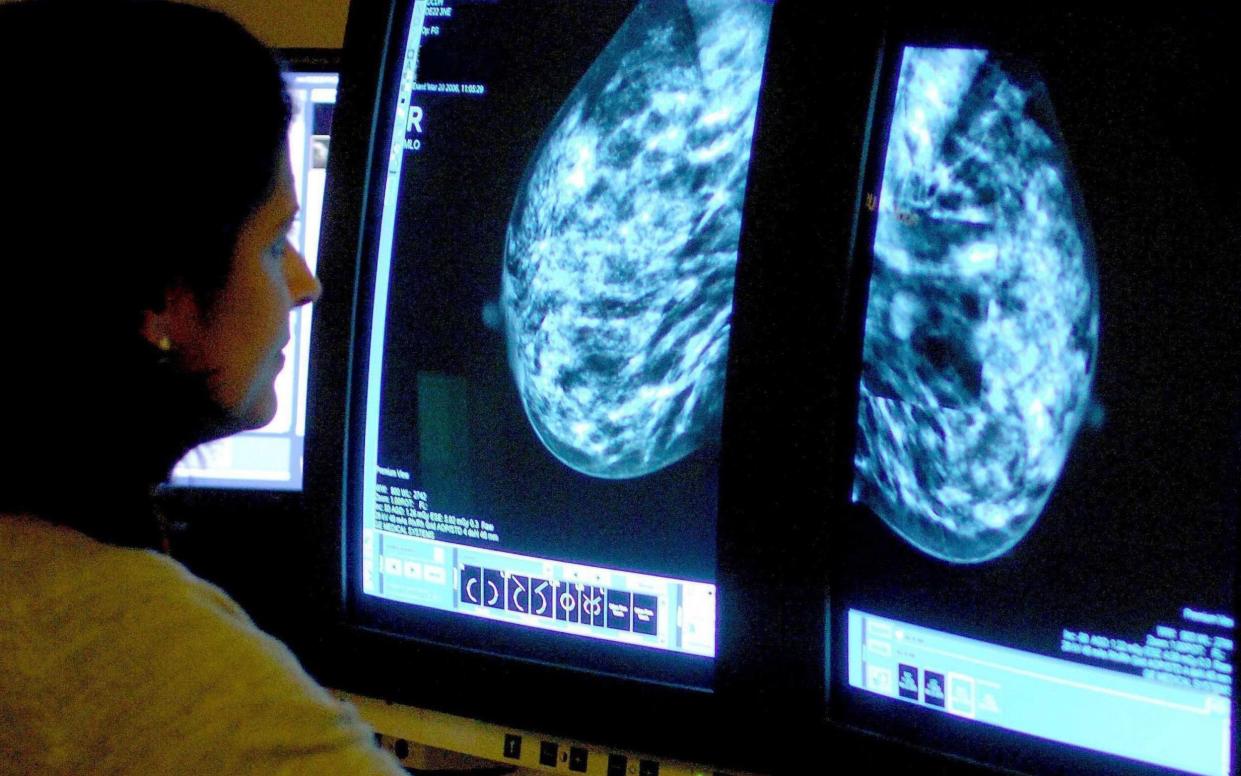What is anastrozole and am I eligible for the breast cancer drug? All your questions answered

A daily pill that halves the risk of breast cancer is to be rolled out on the NHS in “a new era for cancer prevention”.
Around 300,000 women will be offered the medication anastrozole under plans to routinely prescribe drugs to prevent cancer.
Trials found that high-risk women who took anastrozole for five years saw their risk fall by 49 per cent for more than a decade.
Here’s everything you need to know about the new drug:
Who is eligible for anastrozole for prevention of breast cancer?
Women are eligible for the drug if the NHS assesses that they have a moderate or high risk of breast cancer. This means that a woman whose first-degree relative (mother, daughter or sister) was diagnosed with breast cancer before the age of 40 is likely to be considered for it.
Those who have two such relatives getting breast cancer at any age could also be considered for the drug, as would those with a mix of first and second-degree relatives (such as an aunt, grandparent or niece). GPs will be asked to examine the medical histories of such patients and advise - sometimes with specialist involvement - on the estimated level of risk, and whether the drug is thought suitable.
How high is the breast cancer risk for women who are eligible for anastrozole?
Across the general population, women have a one in seven chance of developing breast cancer in their lifetimes. Women are deemed at moderate risk if this increases to around one in six, and at high risk if it is closer to one-third.
What does the treatment involve?
Women prescribed the drug - usually by their GPs - will receive a 1mg tablet, once a day for five years. Anastrozole is an aromatase inhibitor. This works by cutting down the amount of the hormone oestrogen that a patient’s body produces by blocking an enzyme called aromatase.
How effective is it?
Trials have found that 11 years after starting the five-year course, women taking the drug saw their risk of breast cancer fall by 49 per cent,
What are the side effects?
The most common side effects of the medicine are hot flashes, feeling weak, pain/stiffness in the joints, arthritis, skin rash, nausea, headache, osteoporosis, and depression.
Why wasn’t anastrozole licensed for prevention before?
The power of anastrozole to prevent breast cancer has been shown in major trials, and the drug was even backed by the National Institute of Health and Care Excellence back in 2016. However, widespread prescribing has been stymied because until now the drug had not been licensed for prevention of breast cancer - only for treatment. This meant clinicians could only prescribe it “off-label” - severely limiting takeup.
Under the current system, when drugs come off patent and become generic - meaning they can be sold by any manufacturer- there is little financial incentive for pharmaceutical companies to drive new licensing applications.
How are the drugs being rolled out now?
The medication is the first to be authorised via NHS England’s drugs “repurposing” programme.
This aims to ensure that drugs which are licensed for one use - such as treatment - can get the green light for another, such as prevention if they are found to be effective. Under the new system, the Medicines and Healthcare products Regulatory Agency has licensed the new purpose, after pharmaceutical company Accord Healthcare agreed to apply for the licence on a not-for-profit basis.
The programme, hosted by NHS England, builds on work done during the pandemic, which saw arthritis drugs and common steroids repurposed as treatments for Covid.

